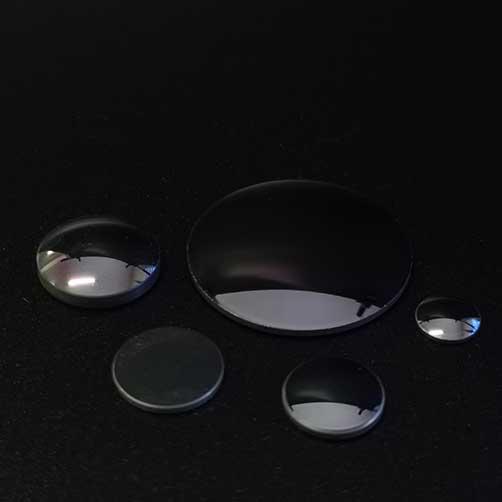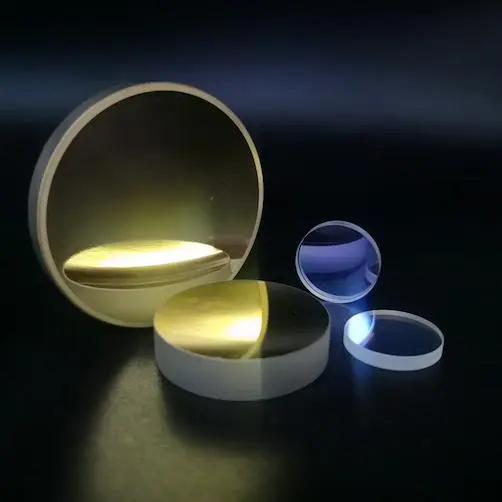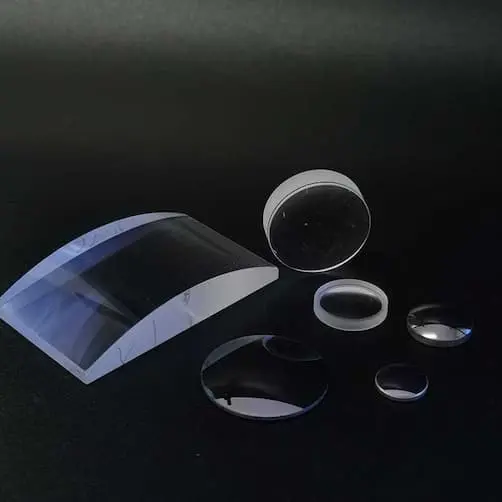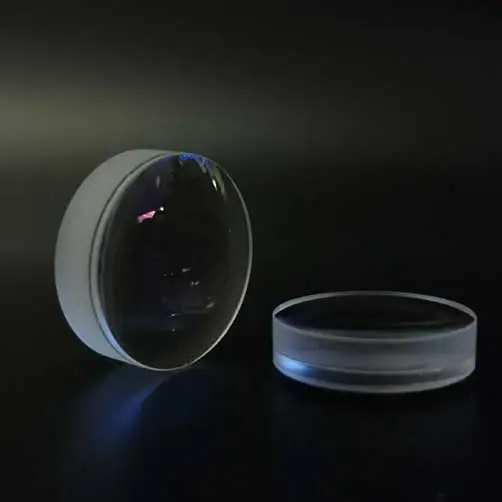
An optical compensation zoom system refers to several groups of lenses used in the zoom lens to perform magnification and compensation. The movement of each lens group is carried out in the same direction and at the same speed, so it only needs a simple mechanical structure to connect the lens groups together for linear motion.
The optical compensation zoom system cannot fully compensate for the displacement of the image plane, so the moving group must move to certain special positions to obtain a stable and clear image plane. Its focal length is difficult to continuously change, but instead, it is a few discrete values, which limits its use.
However, it simplifies the mechanical structure, which is conducive to controlling the optical axis accuracy; and only uses a set of electromechanical control systems to realize zooming and focusing, thereby reducing the cost and weight of the system, but the design difficulty is relatively high.
A mechanical compensation zoom system refers to the relative complex corresponding movement of each moving component according to different motion laws to ultimately prevent image plane movement. A mechanical compensation zoom lens uses a group of lenses to linearly move (commonly known as zooming group) to change the focal length, and another group of lenses (commonly known as compensation group) to move slightly non-linearly to compensate for image plane displacement, so as to meet the requirement that the optical system can both zoom and maintain image plane stability.
The zooming group is generally a negative lens group, and the compensation group can be a positive or negative lens group. The movement of the compensation lens group is not parallel or equally fast as that of the zooming lens group, but they have a strict corresponding relationship in relative motion, and each lens group is realized through a complex cam mechanism. The focal length of this type of zoom lens changes continuously within a certain range.
The mechanical compensation zoom lens has an optical structure consisting of a front fixed group, a zoom group, a compensation group, and a rear fixed group.
Front fixed group: Its function is to provide a fixed image for the system.
Zoom group: Responsible for the zoom function of the system, linearly moving to change the focal length.
Compensation group: moves non-linearly along a certain curve to compensate for the image plane movement generated during zooming by the zooming group.
Rear fixed group: used to convert the image of the compensation group into the final real image of the system, adjust the synthetic focal length value of the system, and the device aperture stop to ensure that the relative aperture of the system does not change during zooming.
A combination of a light bar guide rail and a ball screw mechanism. This structure has high precision. Since the trajectories of zooming and compensation movements are different, two sets of guiding drive mechanisms are needed, which takes up a large space, and the design of the control system is also difficult.
Two cylindrical guide rail sliding mechanisms. As the sliding component is two cylindrical guide rails, this structure has high zooming accuracy and can bear greater loads than the first structure. However, due to the overdetermined structure, the optical aperture is too large, and it is prone to the mechanism jamming phenomenon. The radial size of the mechanism is also larger. Generally, it is suitable for structures with a light transmission aperture of 30-80mm.
Three cylindrical guide rail sliding mechanisms. The advantage of this structure is that the movement is comfortable and stable, and it is not easy to generate a jamming phenomenon, and can drive optical components with a larger light transmission aperture. The disadvantage is that the movement accuracy is lower than the first two structures, and it is generally suitable for structures with a light transmission aperture of 50-120mm.
Cam focusing.
Linear motor focusing.
Screw and nut focusing.



